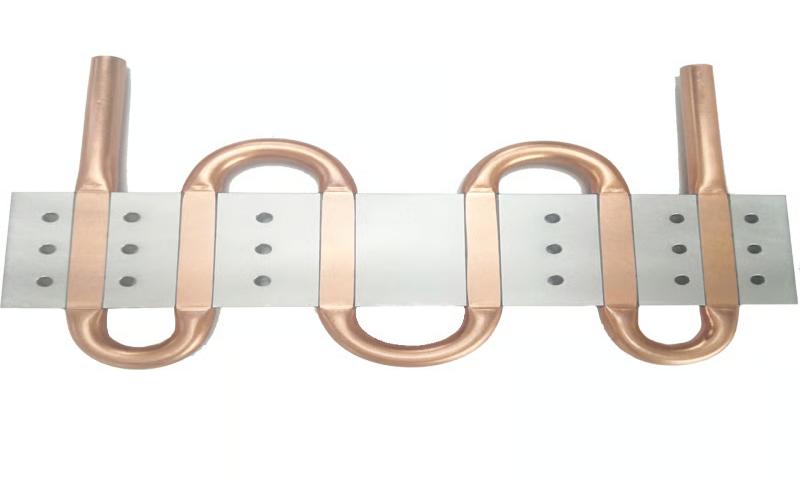Introduction
When it comes to cooling electronic components, liquid cold plates have proven to be effective and efficient solutions. These plates, also known as liquid cooling plates or cold plates, are widely used in various industries to dissipate heat from electronic devices. In this article, we will explore how liquid cold plates work and why they are a popular choice for thermal management.
What are Liquid Cold Plates?
Liquid cold plates are heat exchangers that are specifically designed to remove heat from electronic components. They consist of a base plate, which is usually made of copper or aluminum, and a network of channels or tubes that carry a cooling fluid, such as water or a coolant. The base plate is in direct contact with the heat-generating electronic components, allowing for efficient heat transfer.
Heat Transfer Mechanism
The primary mechanism through which liquid cold plates remove heat is conduction. The base plate of the cold plate is in direct contact with the heat source, and as the electronic components generate heat, it is transferred to the base plate through conduction. The cooling fluid flowing through the channels or tubes in the cold plate absorbs this heat through conduction as well.
Fluid Flow and Heat Dissipation
The cooling fluid in the liquid cold plate flows through the channels or tubes in a controlled manner. This flow is typically achieved through the use of a pump. As the fluid flows through the channels, it absorbs heat from the base plate and carries it away. The heated fluid then passes through a heat exchanger, where it transfers the heat to a secondary fluid, such as air or another coolant, thus dissipating the heat.
Enhanced Heat Transfer
Liquid cold plates are designed to maximize heat transfer efficiency. One common method used to enhance heat transfer is the inclusion of fins or pin arrays on the base plate. These fins increase the surface area available for heat transfer, allowing for better cooling performance. Additionally, the choice of materials for the base plate, such as copper or aluminum, also plays a role in improving heat transfer.
Advantages of Liquid Cold Plates
There are several advantages to using liquid cold plates for thermal management:
1. High Heat Transfer Efficiency
Due to their direct contact with the heat source and the use of cooling fluids, liquid cold plates offer high heat transfer efficiency, making them ideal for cooling high-power electronic components.
2. Compact Design
Liquid cold plates have a compact design, allowing for efficient space utilization. This is especially beneficial in applications where space is limited.
3. Customizable Configurations
Liquid cold plates can be customized to meet specific cooling requirements. The size, shape, and channel layout of the cold plate can be tailored to fit the electronic components and the overall system design.
4. Quiet Operation
Compared to other cooling methods, liquid cold plates operate quietly, making them suitable for noise-sensitive environments.
5. Reliability
Liquid cold plates are known for their reliability. They have no moving parts and require minimal maintenance, resulting in a long operational lifespan.
Applications of Liquid Cold Plates
Liquid cold plates find applications in various industries, including:
1. Electronics
Liquid cold plates are widely used in the electronics industry for cooling high-power electronic components, such as CPUs, GPUs, power amplifiers, and laser diodes.
2. Automotive
In the automotive industry, liquid cold plates are used for cooling electric vehicle batteries, power electronics, and thermal management of charging stations.
3. Aerospace
Aerospace applications of liquid cold plates include cooling of avionics systems, satellite electronics, and onboard power electronics.
4. Medical
Liquid cold plates are utilized in medical equipment, such as MRI machines, CT scanners, and laser systems, for efficient heat dissipation.
Conclusion
Liquid cold plates play a vital role in thermal management by efficiently removing heat from electronic components. Through conduction and fluid flow, these heat exchangers transfer heat from the components to a cooling fluid, which is then dissipated through a heat exchanger. With their high heat transfer efficiency, compact design, and reliability, liquid cold plates are a popular choice in various industries for effective cooling.

